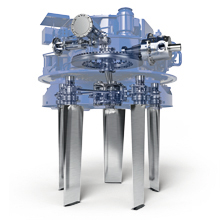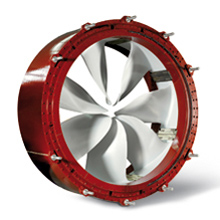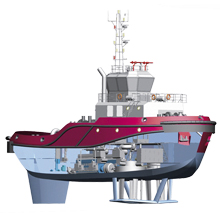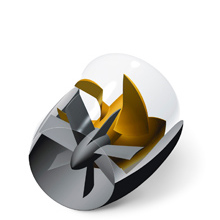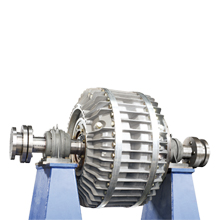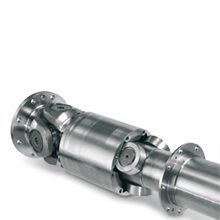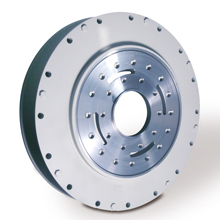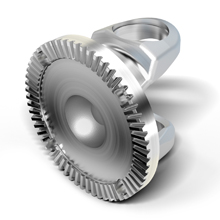Ferries and Passenger Ships
Ferries and Passenger Ships

Ferries
Despite that, passengers with and without cars want to cross the barrier quickly. This is where ferries come in. Passenger and cargo safety during the crossing is the absolute priority. And all over the world ever increasing traffic on the water leads to ever increasing requirements. In addition, the vessels need to safely cope with currents, crosswinds and tidal changes in various water depths. Requirements that the propulsion and steering system of a modern ferry must cope with fast, precisely and safely.
Valuable cargo: When transporting passengers and cargo, it's safety first.
Voith Schneider Propeller
- reduces the docking and undocking times of your ferries thanks to its precise steerability. For you, this translates into more trips in the same time
- provides a high degree of safety for your passengers and cargo, even in heavy shipping traffic. A perfect example being the Turkish Bosphorus, one of the world's busiest shipping routes, where ferries equipped with VSPs are in use for many years now
- is environmentally-friendly due to our modern Voith technology: VSPs operate with low noise emissions and minimum exhaust emissions
- requires little maintenance due to its robust and straightforward design
Voith Schneider Propellers (VSP) combine propulsion and steering in one unit. They permit prompt and precise maneuvering no matter how confined the space or how heavy the traffic. This makes them the ideal solution for ferries.
Voith Control Systems
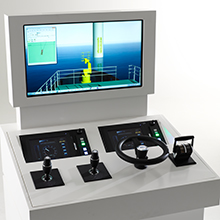
Double-Ended Ferries
Double-Ended Ferries
Rush hour frenzy: In the morning, people rush to work, in the evening they hurry home. If water must be crossed, ferries are often used as floating bridges. Where time is of the essence, double-ended ferries are at an advantage. They have neither bow nor stern. Instead, the vessel ends are symmetrical. Only the captain must turn through 180 degrees in his control stand if he is to return from B to A after just having come from A to B. A system with a clear advantage.
The ferries do not have to turn in port; cars can leave the deck in the same direction as they drove on. An obvious way to save time on the entire maneuver.
In 1937, the first double-ended ferry equipped with VSPs was put into service. The "Lymington" successfully operated in Great Britain for 60 years.
The options are:
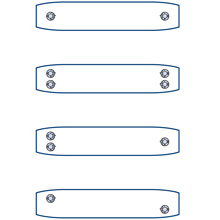
- Two VSPs along the longitudinal axis of the vessel; this is the standard solution.
- Four VSPs if a high power output is required and/or limitations as to the draft apply.
- Three VSPs if there is one main direction of travel.
- Two VSPs in a diagonal arrangement; this is the solution for smaller ferries.
Double-Ended Ferries with Two Propellers
Two propellers are the standard choice for double-ended ferries. If the vessel is big enough, one propeller is installed midships at each end of the vessel. In cases where the vessel dimensions are subject to restrictions or where the waterway conditions are unfavorable, the propellers can also be installed diagonally at the vessel ends. This arrangement is used on smaller, short ferries only.
Double-Ended Ferries with Three Propellers
Double-ended ferries which cover longer distances with difficult waterway or port conditions are built with one main sailing direction. The vessel ends therefore are not symmetrical. Such ferries are equipped with two propellers at the stern and one at the bow. From a hydrodynamic point of view, these vessels are optimized with regard to resistance.
Double-Ended Ferries with Four Propellers
Double-ended ferries which require a high output power or are used in shallow waters are equipped with four propellers. The advantages being a lower draft as well as full maneuverability even in the event of a propeller failing. Requirements for optimum propulsion system redundancy are also fulfilled.

At present, more than 420 VSP-driven double-ended ferries world-wide transport passengers and cars across the water. These include the world's biggest and most powerful ferries.
Contact
Voith Turbo GmbH & Co. KG
Alexanderstraße 2
89522 Heidenheim, Germany
Postfach 2011
89510 Heidenheim, Germany
Tel. +49 7321 37-4099
Fax +49 7321 37-7580
vspmarine@voith.com

